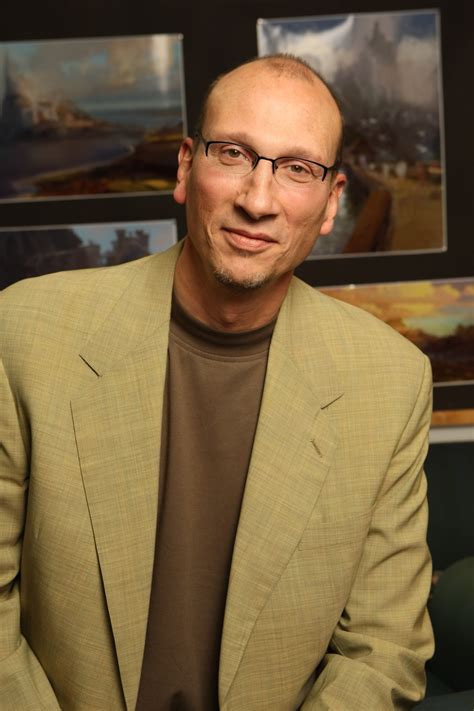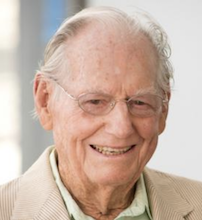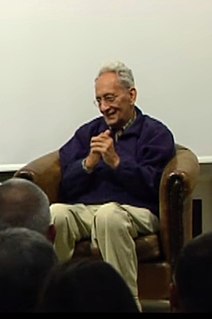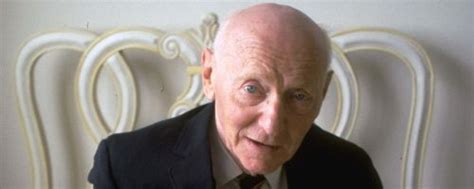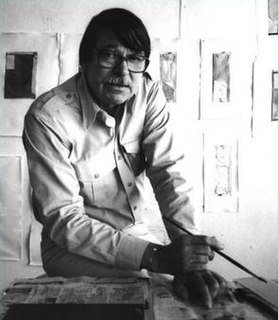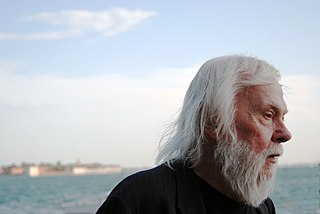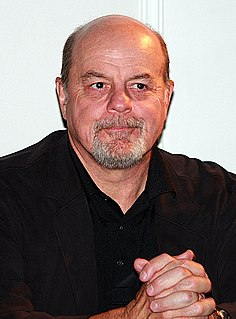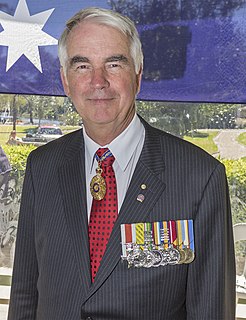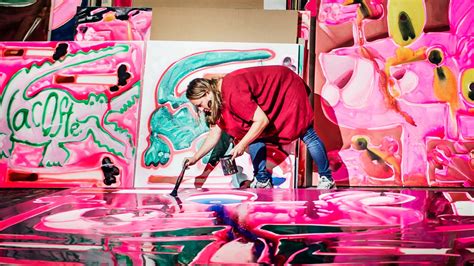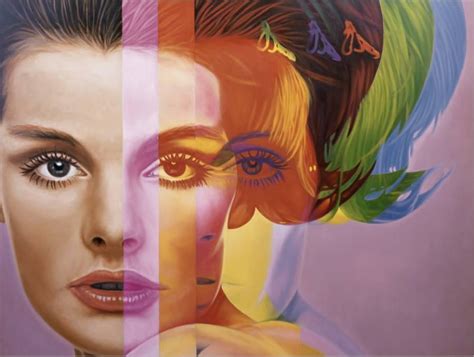A Quote by Alfred Sisley
The animation of the canvas is one of the hardest problems of painting.
Related Quotes
I so love the animation process. Interesting, everything that I do in animation, the kind of crafting and skills of storytelling, totally work within the structure of the Disney nature films. In a weird way, I like to think that animation is like painting, and Disney nature is like sculpting. Animation you start with a blank canvas and you paint. With Disney nature, you start with a big block of imagery and you hone it down into your final story. Somewhere you end up with something kind of pretty to watch.
You have bits of canvas that are unpainted and you have these thick stretcher bars. So you see that a painting is an object; that it's not a window into something - you're not looking at a landscape, you're not looking at a portrait, but you're looking at a painting. It's basically: A painting is a painting is a painting. And it's what Frank Stella said famously: What you see is what you see.
I always get into arguments with people who want to retain the old values in painting - the humanistic values that they always find on the canvas. If you pin them down, they always end up asserting that there is something there besides the paint on the canvas. My painting is based on the fact that only what can be seen there is there... What you see is what you see.
The challenge of yoga is to go beyond our limits - within reason. We continually expand the frame of the mind by using the canvas of the body. It is as if you were to stretch a canvas more and create a larger surface for a painting. But we must respect the present form of our body. If you pull too much at once, we will rip the canvas. If the practice of today damages the practice of tomorrow, it is not correct practice.

